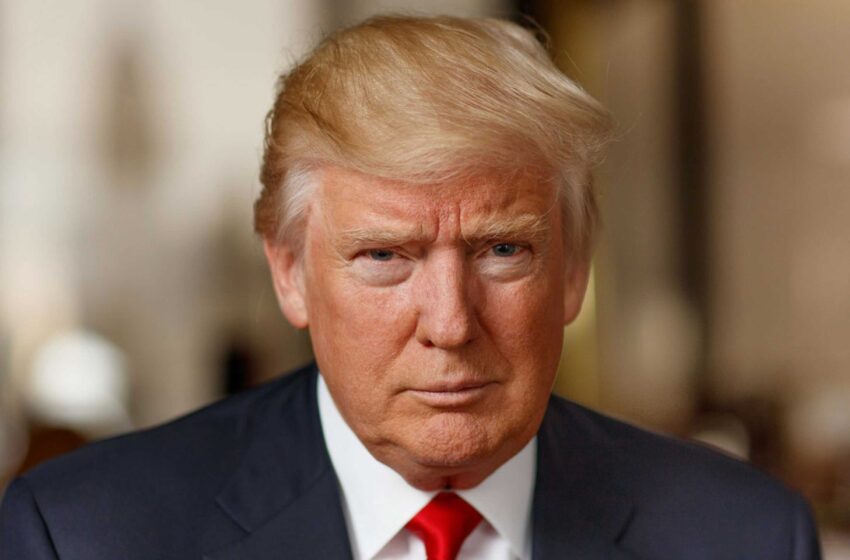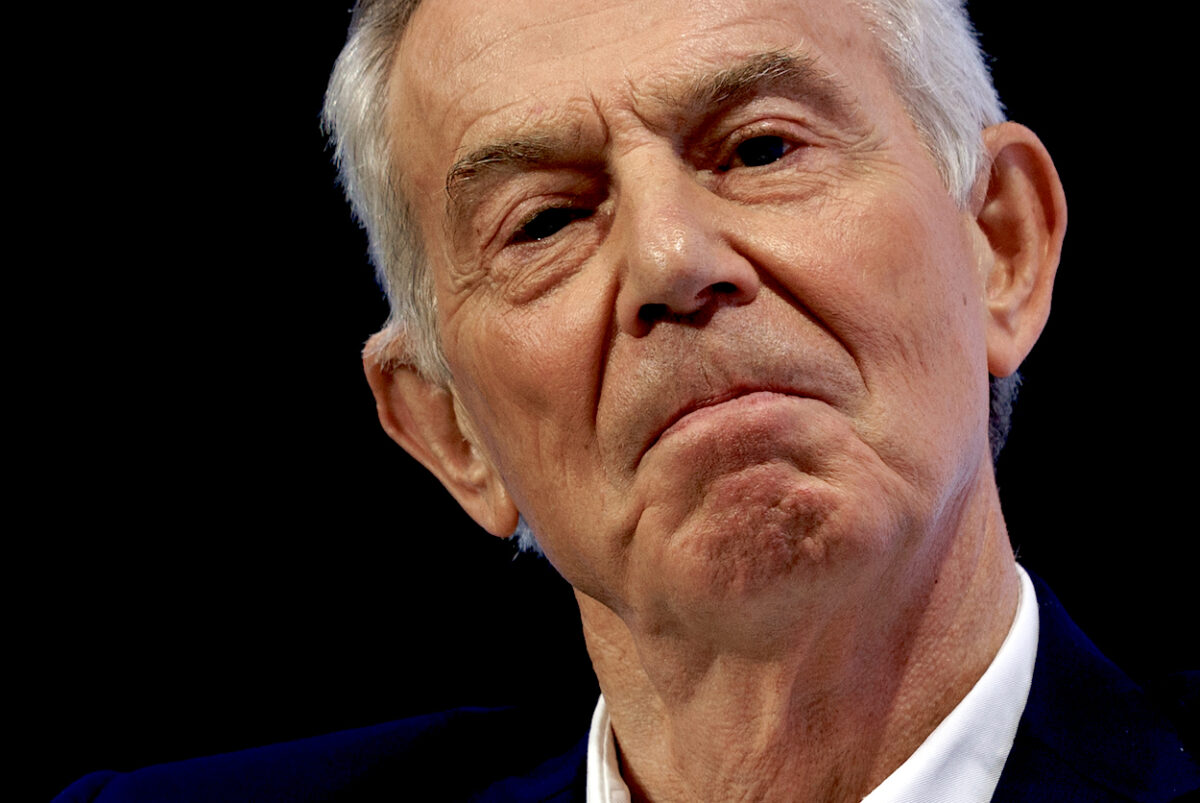Key takeaways from Trump’s plan for Israel and Hamas

Donald Trump. Picture: David Hume Kennerly/Getty Images
President Donald Trump has released a new 20-point initiative aimed at ending the ongoing war in Gaza, marking one of the most ambitious U.S. peace efforts in recent years. The plan, presented at the White House alongside Israeli Prime Minister Benjamin Netanyahu, includes a staged withdrawal of Israeli forces, humanitarian aid for Palestinians, and potential amnesty for Hamas members who disarm and commit to peace.
Trump framed the plan as a historic opportunity for both Israel and the Palestinians, stressing that the agreement could bring an end to decades of hostilities and provide a framework for long-term Middle East stability.
Staged Israeli Withdrawal and Security Guarantees
One of the most critical aspects of Trump’s plan is Israel’s staged withdrawal from Gaza. The plan ties the withdrawal to the disarmament of Hamas and allows Israel to maintain a security perimeter until Gaza is deemed “terror-free.” Even after all phases are completed, Israeli forces could remain in strategic areas if threats persist.
This conditional withdrawal has sparked concerns among Arab leaders, including officials from Saudi Arabia, Egypt, Jordan, and Qatar, who argue that the plan heavily favors Israeli security while limiting Palestinian autonomy.
Amnesty for Hamas Members Who Surrender
A central pillar of the proposal is the offer of amnesty to Hamas members who give up their weapons and agree to peaceful coexistence. Those who comply may also receive safe passage out of Gaza if they wish to leave.
The plan also includes the release of all hostages within 72 hours of Israel publicly accepting the agreement, encompassing both living and deceased captives. In addition, Israel would free 250 life-sentence prisoners and 1,700 individuals detained after the October 7, 2023 attacks, contingent on Hamas cooperation.
Humanitarian Support and Palestinian Governance
Trump’s initiative emphasizes humanitarian relief, pledging a surge in aid to Gaza and establishing a transitional governance structure overseen by an international Board of Peace, including Palestinian technocrats and potentially former UK Prime Minister Tony Blair.
The plan stops short of permanent Israeli annexation of Gaza or the West Bank, and seeks to provide Palestinians with a credible path to self-determination and statehood, while resuming formal peace talks with Israel.
Arab World and International Response
Arab leaders have expressed cautious support for Trump’s peace proposal. Qatari Prime Minister Mohammed bin Abdulrahman Al Thani facilitated discussions with Hamas leaders, while other countries, including Saudi Arabia and Egypt, welcomed the plan but requested clarifications on Israel’s withdrawal and Palestinian representation.
Trump has emphasized that Hamas is the final party left to approve the plan, warning that rejection would prompt Israel to “finish the job” with full U.S. backing.
READ ALSO
Will the U.S. Government Shutdown again? Inside the Trump–Congress standoff
What did Trump’s explosive UN speech reveal about America’s global role?
Challenges Ahead
Despite broad regional engagement, the plan faces significant hurdles:
- Hamas has yet to accept the terms, raising doubts about hostage release timelines.
- Netanyahu’s coalition includes factions opposed to Gaza concessions, complicating enforcement.
- The lack of direct Palestinian input on governance structures may undermine buy-in.
Experts warn that while the plan is detailed and stepwise, its success depends on both Hamas compliance and Israeli political unity, as well as sustained U.S. diplomatic pressure.
Looking Forward
Trump’s 20-point plan represents the most substantive U.S. proposal to end the Gaza war since the conflict escalated in October 2023. If implemented, it could reshape the region’s political landscape, providing a framework for Gaza’s reconstruction, Palestinian governance, and broader Israeli-Palestinian peace. However, with Hamas yet to respond, the international community watches closely to see if the plan will survive the intense political and security challenges ahead.
FAQs: Key Questions About Trump’s Gaza Plan
Q1: What is included in Trump’s 20-point Gaza plan?
A1: It includes a staged Israeli withdrawal, Hamas disarmament, amnesty for compliant Hamas members, humanitarian aid for Gaza, and a transitional international governance board.
Q2: Will hostages be released under the plan?
A2: Yes, all hostages, alive or deceased, are scheduled for release within 72 hours of Israel accepting the agreement.
Q3: How have Arab nations reacted?
A3: Arab nations have expressed cautious support, with Qatar mediating talks with Hamas and other countries seeking clarification on Israel’s withdrawal and Palestinian governance roles.
Q4: What are the main challenges to implementation?
A4: Hamas compliance, Netanyahu’s coalition politics, and lack of Palestinian representation in governance structures pose major obstacles.
Q5: Does the plan allow Israel to annex Gaza or the West Bank?
A5: No, the plan explicitly rules out permanent Israeli annexation of Gaza or the West Bank.


